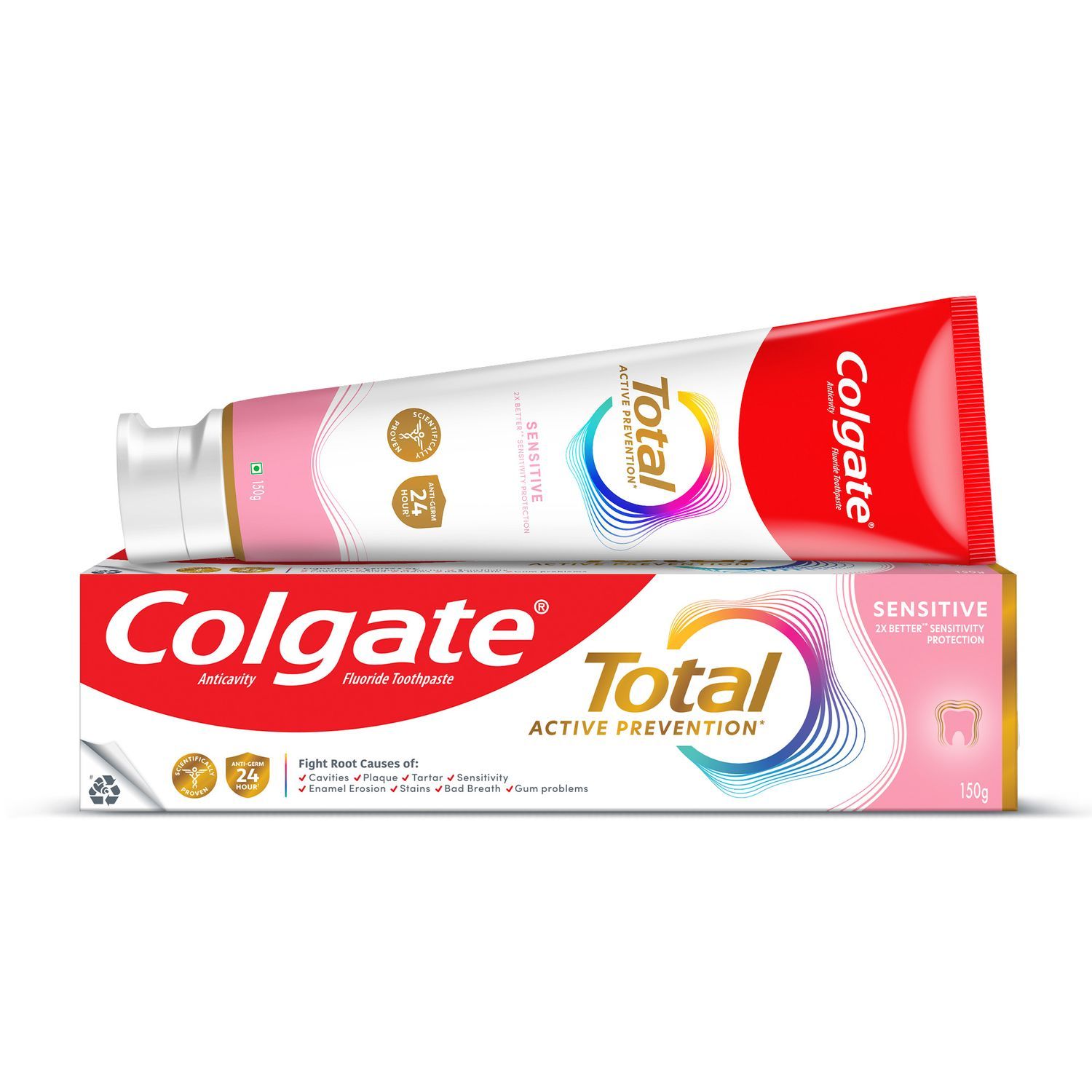, the technique of fitting braces on teeth has completed fifty years in India. Almost 80 percent of adults seeking some sort of dental treatment or another are potential candidates for braces, and can benefit by having healthy tooth positions. Braces technology has come a long way, and there are now many types you can choose. Lingual braces, one of the more recent forms of orthodontic work, is proving popular for people conscious about the look of braces.
Give your teeth the Calcium nourishment they deserve. Get your 100g Colgate Strong Teeth pack now!
What Are Lingual Braces?
Lingual braces serve the same purpose of traditional braces but are placed behind the teeth (by the tongue and palate) rather than in front. So, they offer a great cosmetic alternative for those who want their teeth straightened without the braces showing.
How Do Lingual Braces Work?
The process for lingual braces is simple. A dental professional will take an impression of the teeth, which is then sent to a dental laboratory and used to create customized brackets. This process takes about six weeks. Once complete, your orthodontist will use a specific method to cement the braces onto the back of your teeth. Lingual braces work the same way traditional braces do. They apply gentle yet continuous pressure on the teeth to help them shift into the proper position. The treatment can take 18-36 months, depending on the severity of a patient's overcrowding of teeth or bite.
Are Lingual Braces Right for You?
Some common reasons for choosing lingual braces include:
- You want to straighten their teeth while maintaining a professional look.
- You are generally concerned about the appearance of braces.
- You play a wind instrument that traditional braces would interfere with.
- You engage in contact sports, and it's safer to have lingual braces.
As with any other form of orthodontic treatment, lingual braces aren't suitable for everyone. Teens and adults with normal-sized teeth are the best candidates. Children aren't usually candidates because smaller primary teeth don't accommodate the braces. People with an excessive bite problem are also not candidates for lingual braces.
What Makes Lingual Braces Different From Traditional Braces?
Beyond appearance, lingual braces differ from traditional braces in a few ways. These custom-made braces usually cost more than conventional braces. It is best to consult a dental professional about the price difference between traditional and lingual braces for you.
You may experience difficulty with some daily habits and speaking in the first few weeks after having your lingual appliance put on because of its placement close to your tongue. People with lingual braces were also more likely to experience eating difficulties in the first month of adjusting to these braces as compared to traditional ones. Your eating and speech habits will most likely adapt within the first month of having lingual braces.
Cleaning Your Teeth With Lingual Braces
Keeping your teeth clean is essential, no matter what type of braces you choose. Food gets stuck in the brackets and wires and can cause plaque to form, which leads to tooth decay. It is best to brush your teeth after every meal. Ensure that you brush each tooth at the gumline and above and below the brackets of your braces. Because lingual braces are on the back of your teeth, you should pay special attention to that area of your mouth. You may find that a toothbrush with a narrow tip makes it easier to access the back of your teeth.
So what are lingual braces used for? The advantage is aesthetic! Suppose you're a teen or adult with teeth that need minimal straightening, and you're reluctant to wear the traditional "train track" braces because of how they look. In that case, lingual braces might be the ideal option for you. Keep in mind that, according to Harvard Medical School, sometimes the treatment time for adults using braces is longer than for children. Still, lingual braces may be worth the more extended treatment. You'll have a gorgeous, straight smile and can go about your day without anyone noticing that you've got braces!
This article is intended to promote understanding of and knowledge about general oral health topics. It is not intended to be a substitute for professional advice, diagnosis or treatment. Always seek the advice of your dentist or other qualified healthcare provider with any questions you may have regarding a medical condition or treatment.
ORAL HEALTH QUIZ
What's behind your smile?
Take our Oral Health assessment to get the most from your oral care routine
ORAL HEALTH QUIZ
What's behind your smile?
Take our Oral Health assessment to get the most from your oral care routine













